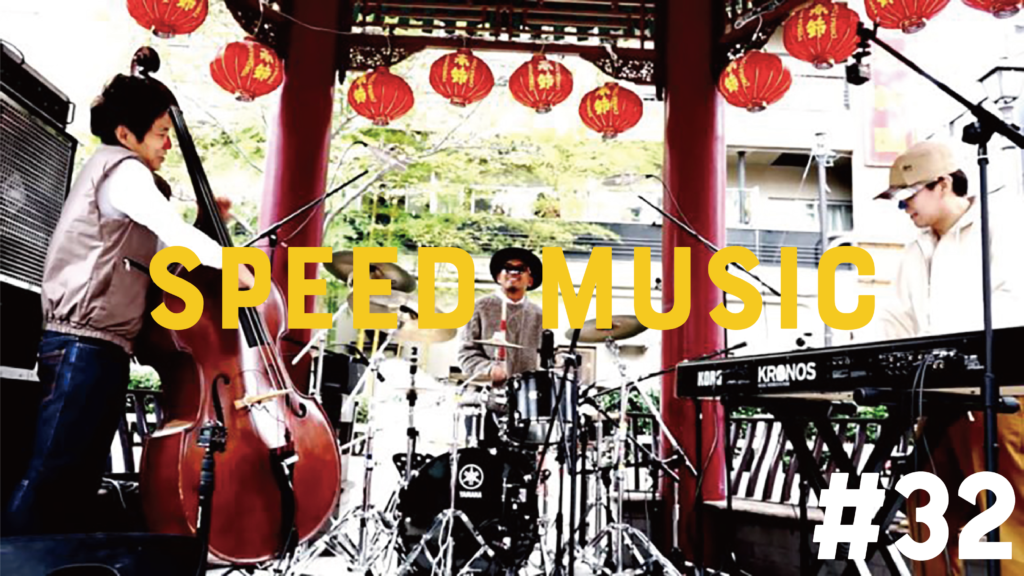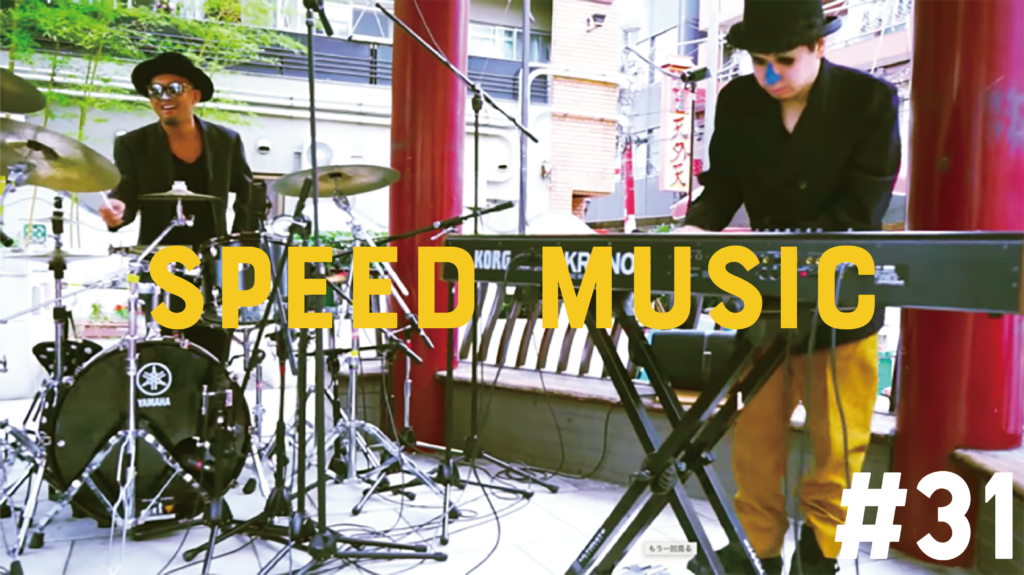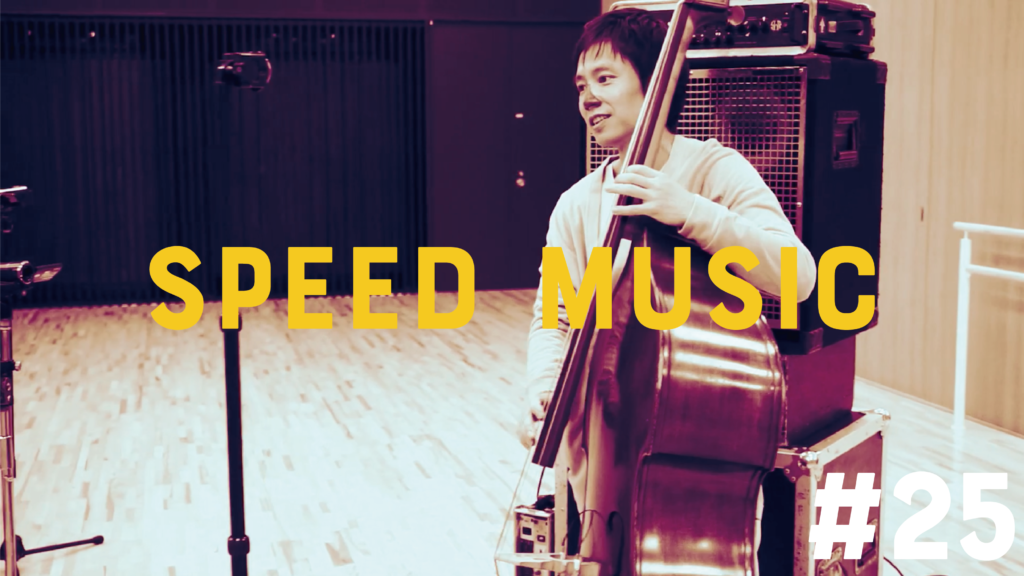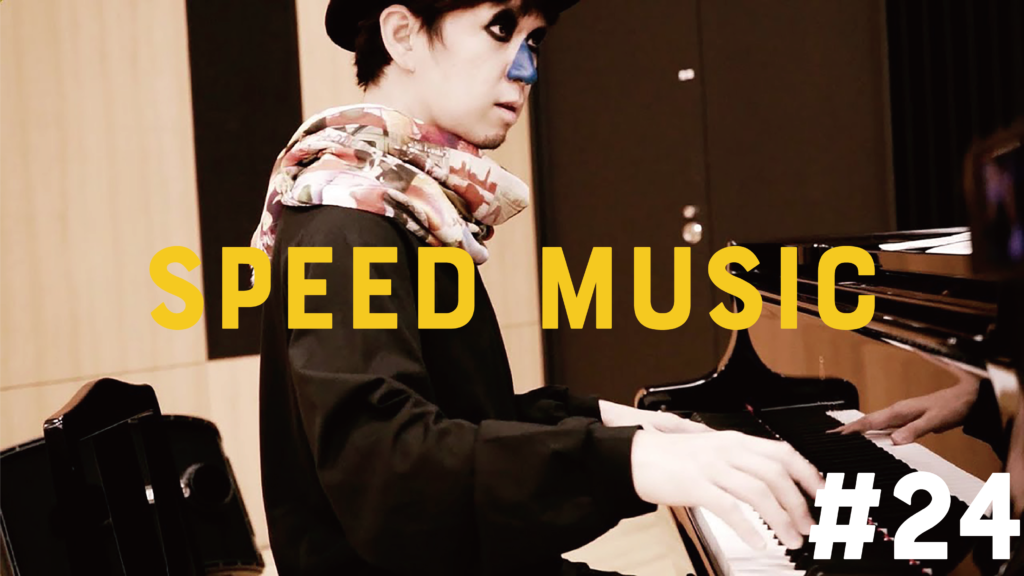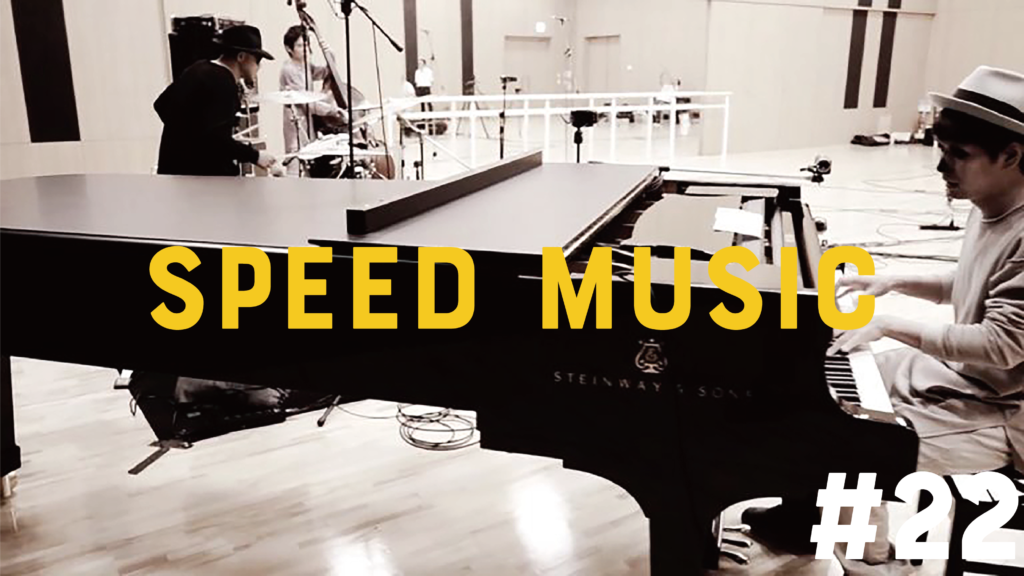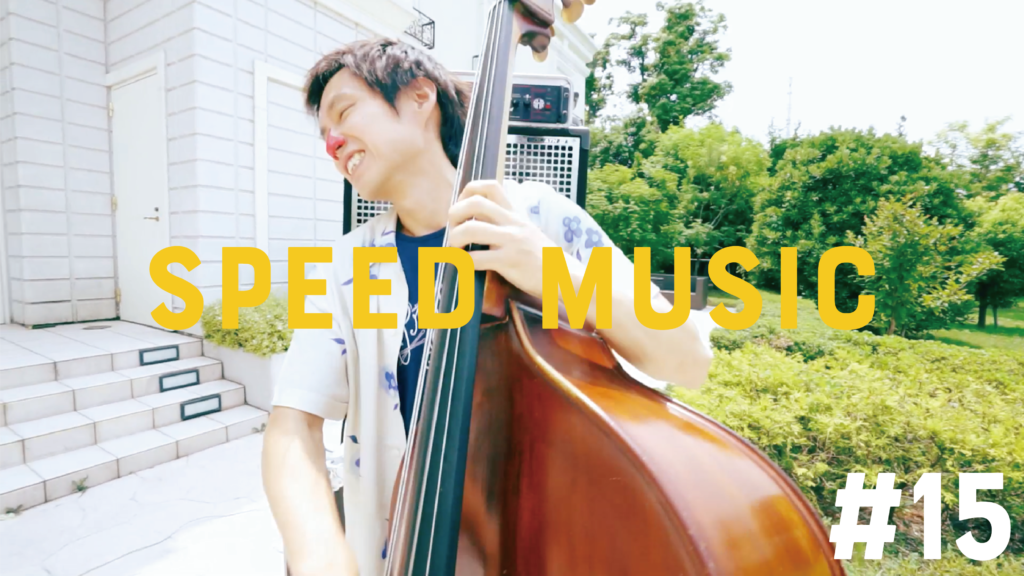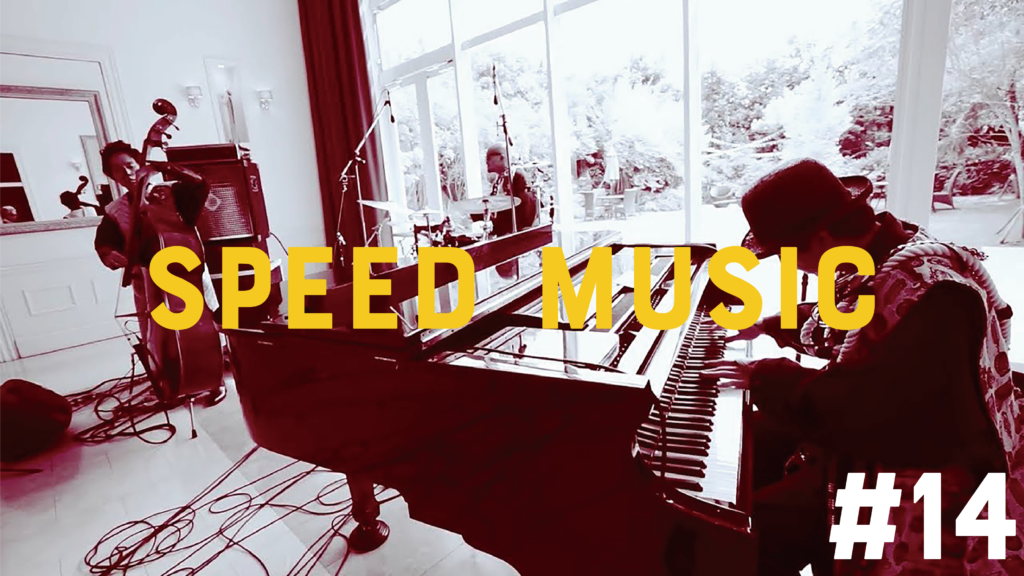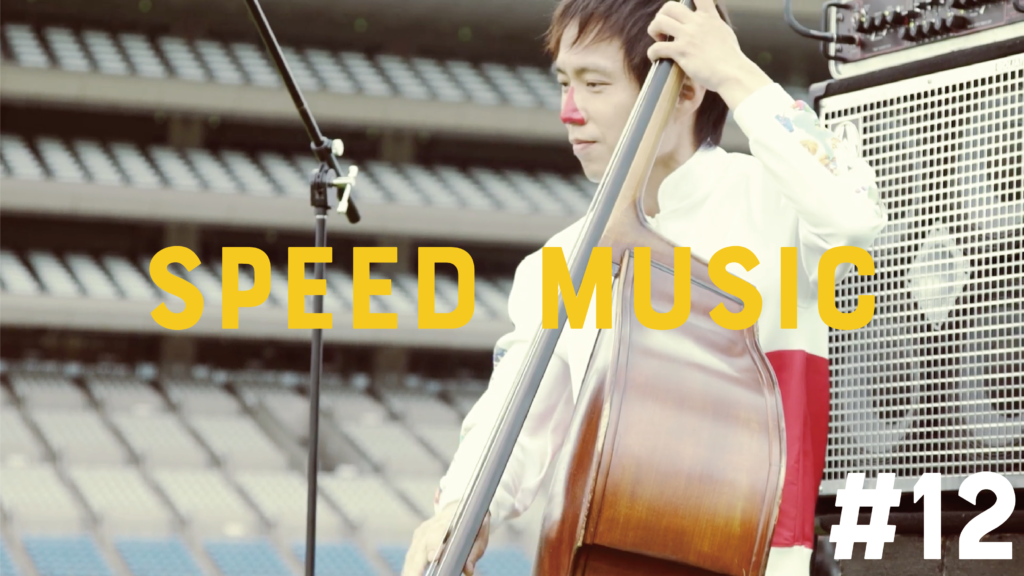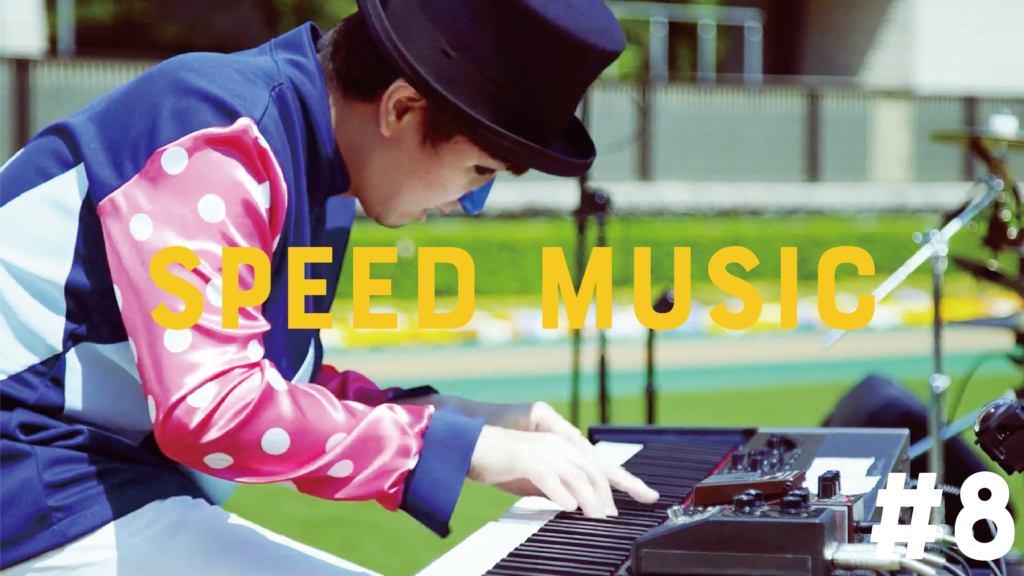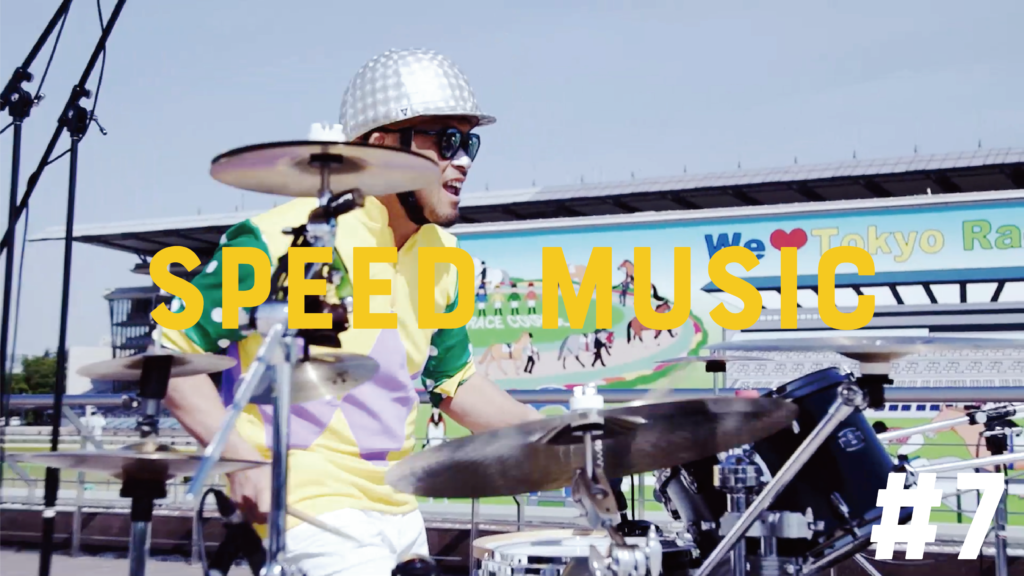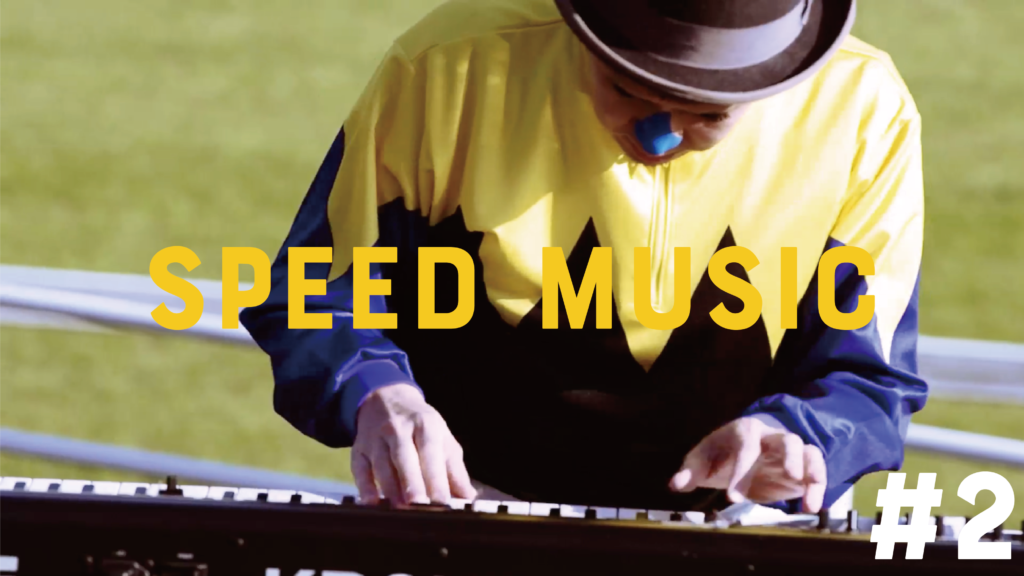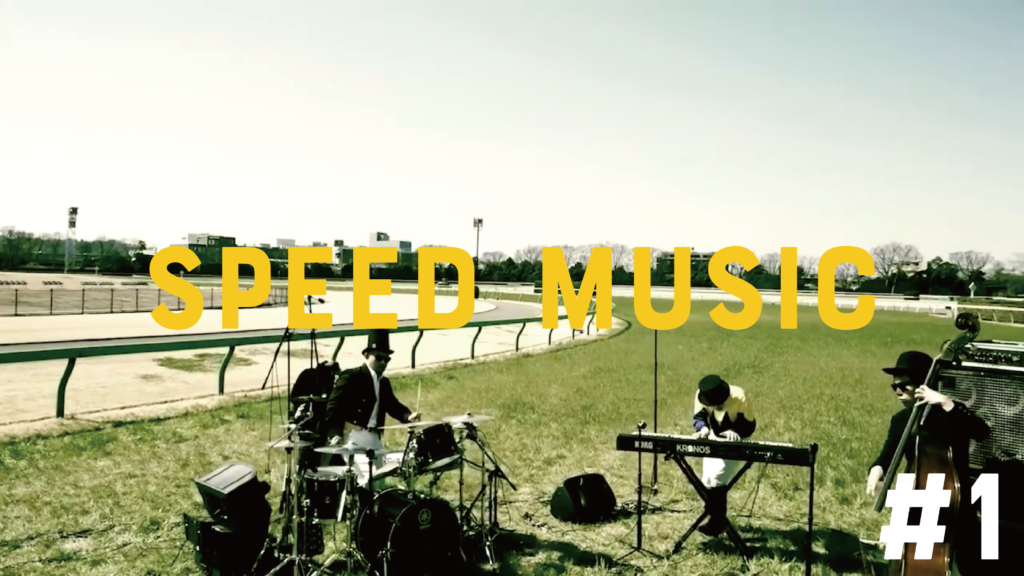#24 デリケートに好きして / 太田貴子 by H ZETTRIO
太田貴子がヒロインを務め日本テレビが全国ネットで放送していたテレビアニメ・『魔法の天使クリィミーマミ』のオープニングテーマ。前期(1~26話)と後期(27~52話)でオープニング映像の一部が異なり、前期はサビ突入前の変身シーンでクリィミーステッキによる変身で作中でも登場するステージカーで熱唱し、新しい魔法道具が登場する第27話以降はルミナスターを用いて変身しステージで熱唱する。(フリー百科事典 ウィキペディア日本語版より:https://x.gd/3ow1i)
This is the opening theme for the TV anime "Creamy Mami, the Magical Angel," in which Takako Ota played the heroine and was broadcast on Nippon Television's national network. Part of the opening video is different between the first half (episodes 1 to 26) and the second half (episodes 27 to 52), and in the first half, in the transformation scene before the chorus, he transforms with the creamy stick and sings enthusiastically with the stage car that appears in the movie, and uses a new magic. From episode 27 onwards, where the tools appear, she transforms using Lumina Star and sings passionately on stage. (From the free encyclopedia Wikipedia Japanese version: https://x.gd/3ow1i)

